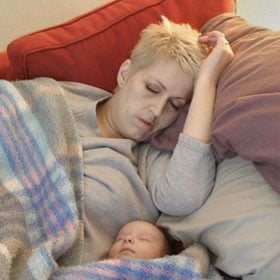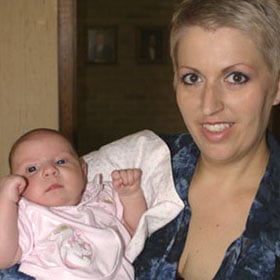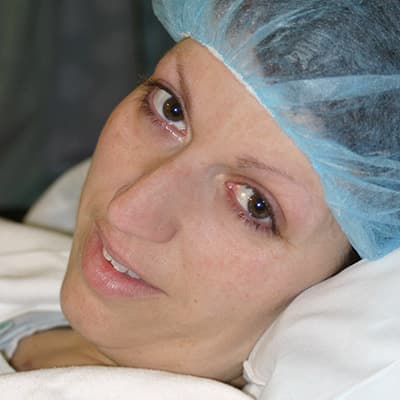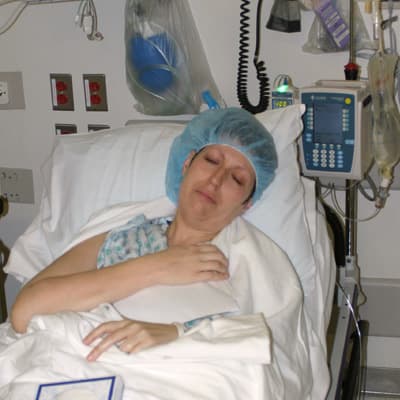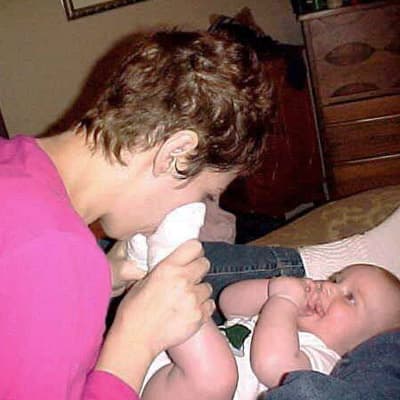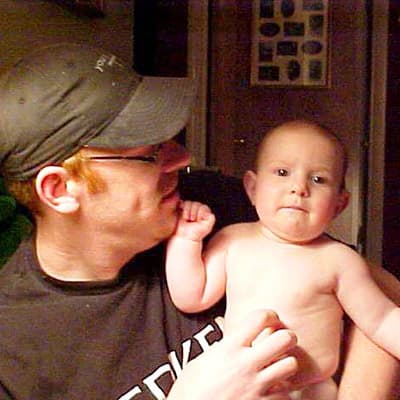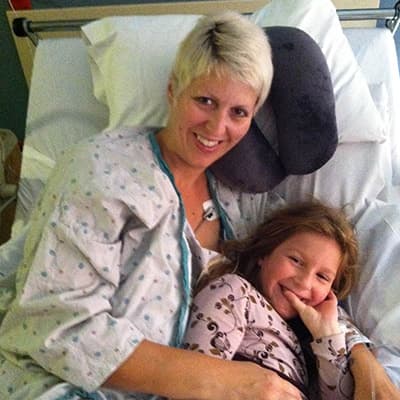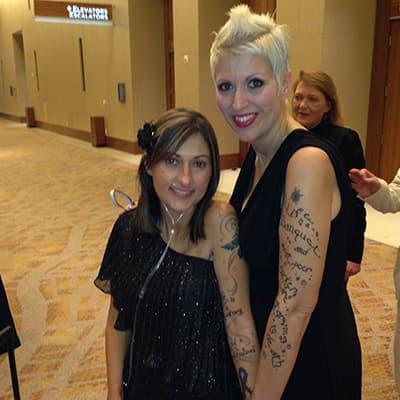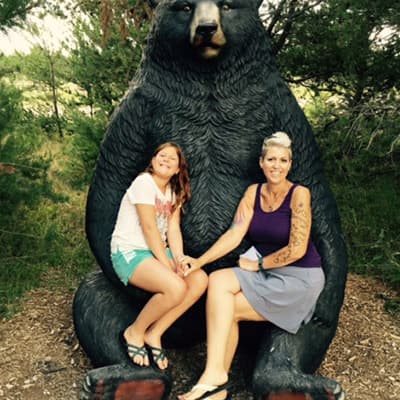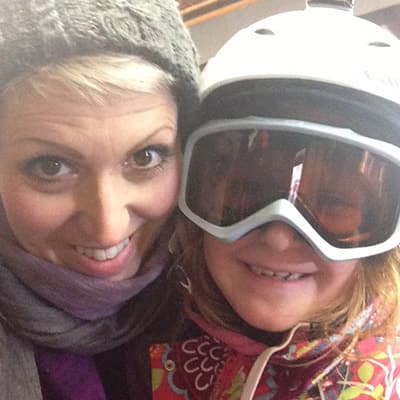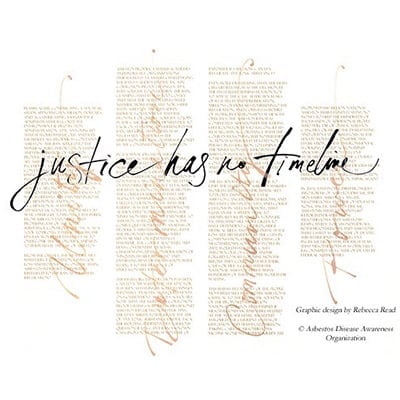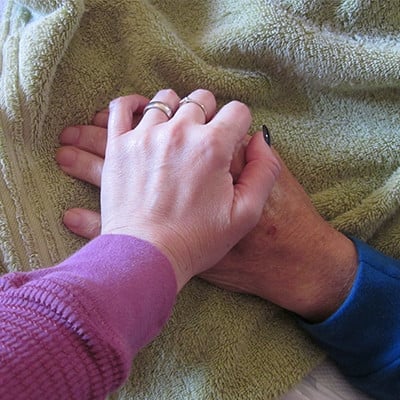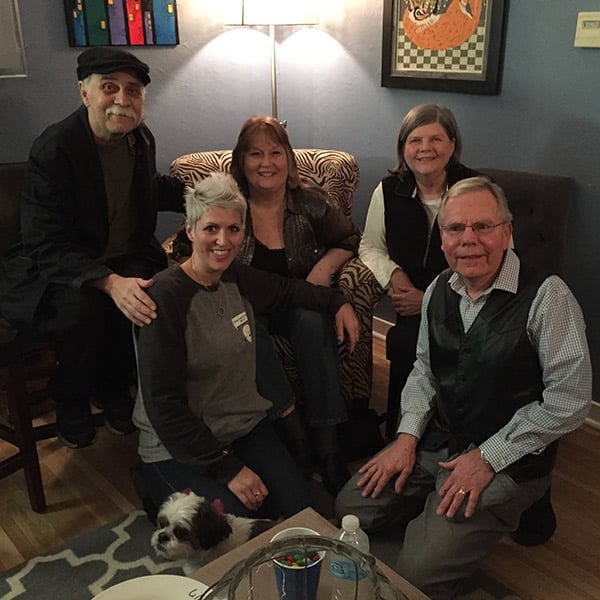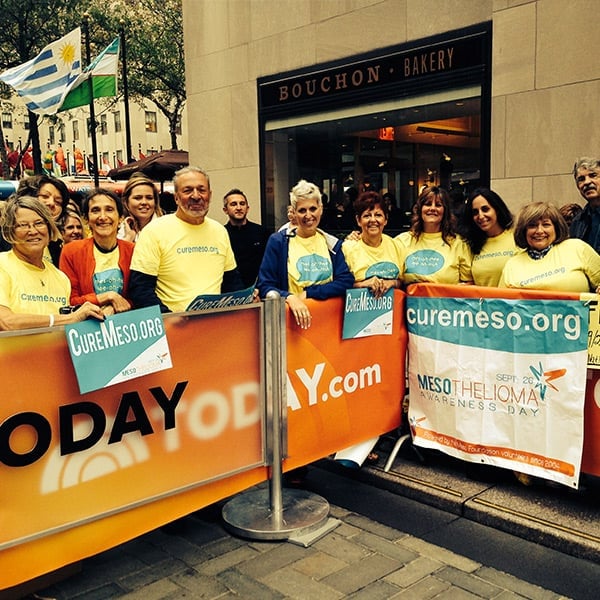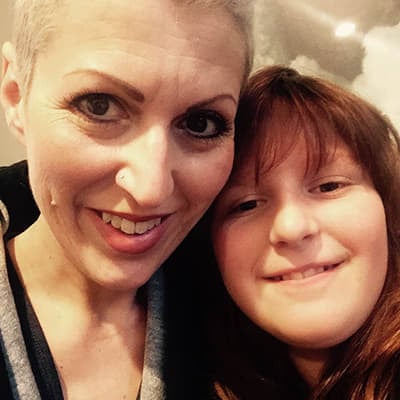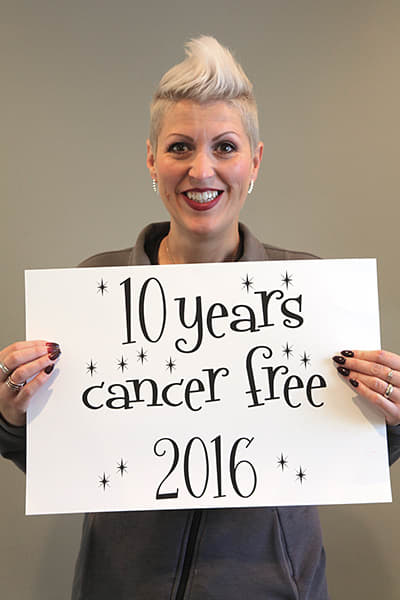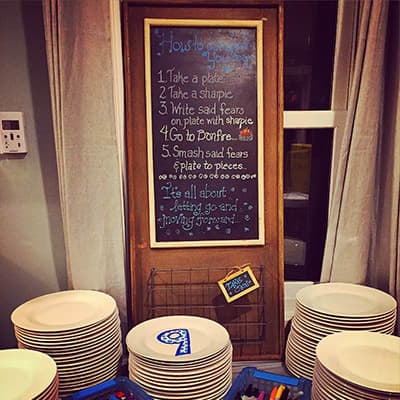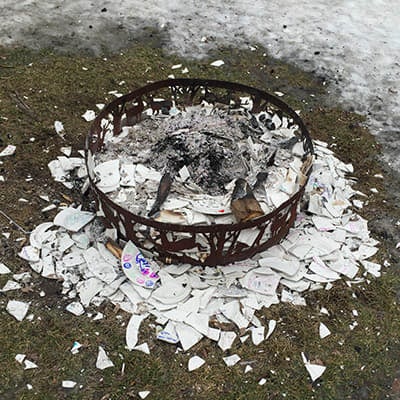To say I had unrealistic expectations about healing would be a vast understatement. I had it in my mind that I would be out of the hospital in a week, home not long after that and back to work in 12 weeks. That’s what I kept telling myself and others, who would politely nod their head and smile. They knew better. My husband kept telling me to just be patient; healing takes time.
I think reality hit about 5 days after surgery. I was out of ICU, but still in thoracic intensive care. My kidneys were not working well. The heated chemotherapy drug I had during surgery made it difficult for them to filter out toxins like they’re supposed to. I was told that if things didn’t turn around by the next morning, I would have to go on dialysis.
That scared me. I started praying. I asked my husband to email everyone so they would start praying too, and to pass the word along. That next morning, my kidneys had started working.
My dad told me that he had a dream that a window opened near my bed, and this bright beam of light came through the window. He said he saw scores of angels ride that light down and surround my bed and heal me. I believe a miracle happened that night.
I was so ready to leave the hospital, but my kidneys ended up working too well, and were filtering too much out. I needed magnesium and calcium supplements daily to get my levels up.
Finally, exactly one month after surgery, I was flying home. I could finally see my little girl again. We had made plans that I would go stay with my parents for a couple of months to recover. I still needed plenty of rest and couldn’t care for Lily on my own. Cams stayed in Minnesota to work to pay the bills, while I recovered 600 miles away in South Dakota.
Day by day I got stronger, day by day I was able to do more and more. Finally, at the beginning of May, I could go back home.
I had chemo on a Tuesday, just one week after returning home. I dressed nicely, with my makeup and hair done. I might be sick, but I would be damned if I was going to look sick. In some ways, that attitude made the chemo easier.
I was younger than all the other patients by at least 20 years. My mother-in-law accompanied me for every appointment, and people thought I was bringing her in. The looks of pity from people when they realized I was the one getting chemo were almost more than I could stand some days. But I would just smile and make jokes about things, like I always do when things are uncomfortable.
Each chemo session lasted about 5–6 hours. I would try to read, doze off, or just watch TV all the while imagining the chemo drugs invading my body, killing off any rogue cancer cells. I would go home, and wait for the inevitable “chemo coma” that would hit. I don’t remember much during those times. I would wake up long enough to take my meds, and fall back asleep.
Somehow, I made it through four chemo treatments with relatively few setbacks. I did need a blood transfusion after the third one, but that was the worst of it.
By some miracle of scheduling, I finished my last chemo treatment a couple of weeks before Lily’s first birthday. I had a lot of time to plan her party, and although some people might think a huge first birthday party is frivolous, to us it was a very important milestone. Friends and family from all over joined us for the special day, and I felt really good.
My radiation treatments were next on the agenda: 30 sessions of IMRT Radiation. This was the hardest part of my treatment. Radiation basically cooks you from the inside out, and the type of radiation I had was, at the time, very cutting edge.
Each session took 45–60 minutes. I had to lie in the exact same position each time. I had little dots tattooed on my chest and side, so that positioning would be the same at every appointment. They lined up those tattoos with laser lights on the ceiling. It was much more involved than just going and getting zapped a little each day.
After the first week, I was exhausted. Once again, friends, neighbors and family rallied around us to take care of Lily while I went to the cancer clinic every day for 6 weeks. At the midway point I felt awful. I was so sick, and so tired. I remember sitting on the table, getting ready to start my 15th session.
I started crying. I couldn’t do it. I wanted to stop.
My body was through—I had lost close to 100 lbs. I couldn’t eat, I was terribly dehydrated, and I had no energy. The nurses held my hand, let me cry and offered to let me go home.
I took a deep breath. I said no. I was there, halfway done. With their encouragement and support, I made it through. I thank God every day for the excellent medical care I had. They did everything in their power to alleviate my symptoms.
Mid October, I finished my last treatment. They gave me a “diploma” and sent me on my way.
I was officially done with all my treatments. I should have been elated. I should have been celebrating. I did it! I survived! But why did I feel so lost, so alone? It was one of the lowest points in my whole journey. I had spent the last year of my life fighting tooth and nail against this cancer that invaded my body. I fought every day with my entire being, and now? I get a piece of paper?
I was faced with a very uncertain future. I had no job to go back to, nor any prospects of what to do. This was not the future I envisioned. It took me a few months to start feeling good again; even though my treatments were over, my body was still suffering from the many side effects of the chemo and radiation. I have tinnitus from the Carboplatin, permanent scarring on my esophagus from the radiation, and my stomach was constantly upset.
But slowly, I started to heal. I started writing. I started sharing my story with people. I felt empowered by the positive response and before long, my feeling of being lost and not knowing what to do was replaced with a new passion. Awareness.
People needed to know about this disease and I started on my blogging journey. I met more and more patients and their families, and saw the devastation caused by this disease. I wanted more than ever to give people hope and to inspire them. As my health returned, so did the fire.
